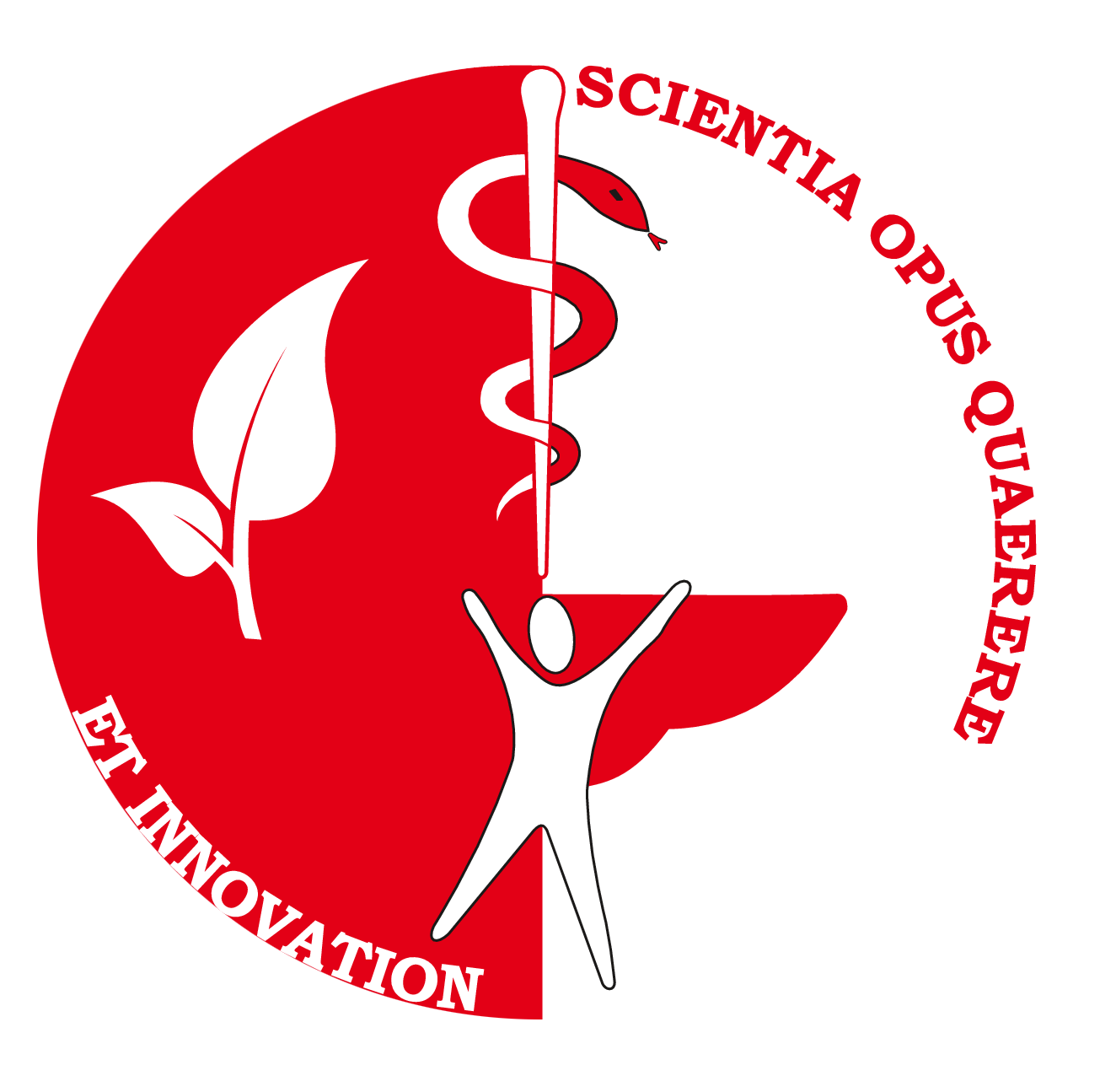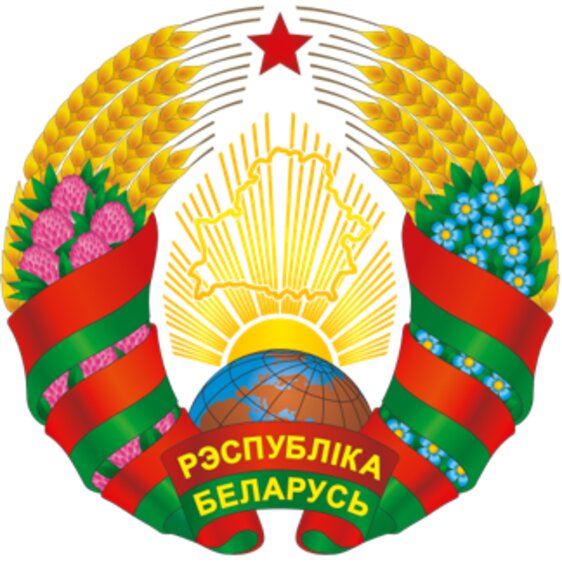The Department of Endoscopy uses all modern methods of endoscopic examination and treatment. The department is equipped with the latest equipment from leading manufacturers of endoscopic equipment Fujinon, Pentax, Olympus of expert class, using narrow-spectrum endoscopy. Qualification of personnel and equipment allow to carry out diagnostic studies and perform a wide range of endoscopic operations at a high professional level. The staff of the department is highly qualified, PhD specialists.
Basic diagnostic studies:
- esophagogastroduodenoscopy,
- colonoscopy,
- enteroscopy,
- bronchoscopy,
- retrograde pancreatocholangiography,
- choledochoscopy,
- biopsy.
Endoscopic surgery:
- endoscopic removal of benign formations from the lower and upper parts of the digestive tract;
- endoscopic sclerosis and ligation of varicose veins of the esophagus;
- endoscopic papillosphincterotomy, lithotripsy and lithoextraction, balloon plasty, biliary tract and pancreatic duct stenting;
- laser recanalization, balloon dilatation, with strictures of the digestive tract, trachea and bronchi;
- endoscopic stenting of the upper gastrointestinal tract;
- endoscopic hemostasis.
Esophagogastroduodenoscopy is a type of highly specialized endoscopic examination of the upper gastrointestinal tract (esophagus, stomach, dodecadactylon) with a video endoscope. This procedure allows you to study the state of the mucosa and makes it possible to carry out additional diagnostic (testing for Helicobacter pylori, chromoscopy, biopsy) and therapeutic manipulations (stop bleeding, remove neoplasms, perform delatation and recanalization of strictures, stenting).
Colonoscopy is a modern instrumental method for examining the intestinal mucosa, and diagnose the presence of a number of diseases. During the study, the specialist examines the mucosa, evaluates the lumen and peristalsis, excludes or confirms the presence of neoplasms, takes tissue samples for morphological examination (biopsy); during the study, it is also possible to perform endoscopic removal of neoplasms of the intestine (polypectomy, loop resection of mucosal sections).
Enteroscopy is an endoscopic examination of the small intestine, explores the "hard to reach" section - the small intestine, in addition to a diagnostic examination, endoscopic interventions (biopsy, endoscopic hemostasis, removal of benign formations) can also be performed.
Laryngoscopy, tracheobronchoscopy is a method of direct examination and assessment of the condition of the mucous membranes of the larynx and tracheobronchial tree.
Retrograde pancreatocholangiography is one of the most informative methods for diagnosing the pathology of the bile and pancreatic ducts. This method combines the possibilities of endoscopic and X-ray studies. An EGD is usually performed before ERCP. After reaching the duodenum, the place of communication of the common ampulla of the ducts with the duodenum is determined. Then a special thin cannula is inserted into this ampoule, through which an X-ray contrast agent is injected into the bile duct and pancreatic duct. The second stage is an x-ray of the corresponding zone. The picture clearly visualizes all structures containing the contrast introduced by the endoscopic method: the common ampulla, choledochous duct, the extra- and intrahepatic bile ducts, the gallbladder, the pancreatic duct, the network of small ducts in the pancreas. The data obtained are analyzed, the level of violation of the outflow of bile or pancreatic fluid is revealed, the possible cause of this block is determined (gallstones, compression by the tumor from the outside, cicatricial strictures). After a thorough evaluation of the data obtained, a decision is made on the need to proceed to the third stage of ERCP - medical manipulations (endoscopic papillosphincterotomy, lithotripsy and lithoextraction, balloon plastic, stenting of the bile ducts and pancreatic duct).
Choledochoscopy - direct visualization of the bile (pancreatic) ducts, is used to assess suspected benign and malignant conditions, as well as to treat complex concrement and strictures. Performed during retrograde cholangiopancreatography.
Endoscopic sclerotherapy and ligation of esophageal varices
Sclerotherapy and endoscopic ligation are minimally invasive endoscopic operations that are performed in patients with portal hypertension syndrome of various origins, in the presence of varicose veins of the esophagus. Performed to prevent and stop bleeding. The intervention involves the introduction into the lumen of the vein or the surrounding tissues of a special substance - a sclerosant, or the ligation of the veins with latex rings. Sclerotherapy and ligation of varicose veins
If you have any questions or want to book an appointment with a medical specialist, please call:
+375 29 33-11-969
+375 29 699-11-03
+375 17 371-00-22
+375 17 371-00-26
Contact us on email: platnoyslygi@mail.ru



